Performing Arts and Food
Performing arts and food
Performing Arts and Food
By Miriam Bell
After the Beatles toured New Zealand in 1964, John Lennon was asked what he thought of the country. He famously replied: ‘It was closed.’
This impression was far from uncommon. Many immigrants, particularly those from cosmopolitan European cities, were initially dismayed by the limited range of entertainments available in New Zealand. For example, both Harry Seresin and Bob Sell, (pioneering restaurateurs), recorded their surprise at the relative lack of cultural activities and culinary venues. Sell quipped in his memoir in 1954: ‘You couldn’t have found anything more comatose than Wellington on a Sunday’.
Auckland’s first major entertainment complex — the Strand Arcade — was the creation of brewing magnate Sir Arthur Myers (1868–1926). He is probably best known now as the mayor behind the construction of Myers Park and Kindergarten, Grafton Bridge and the Town Hall, (for which he funded the striking clock tower). A successful businessman, and mayor of Auckland from 1905 to 1909, he was also a Liberal MP from 1910 to 1921, and a Cabinet minister.
Harry Seresin (1919–1994), a refugee who arrived here in 1938, was both surprised and disappointed by the limited cultural scope in his new country’s capital city. With bookseller Roy Parsons, Seresin opened the Coffee Gallery in Massey House on Lambton Quay. Besides the coffee and his mother’s food, the Coffee Gallery hosted poetry readings and displays of local artists’ work, and quickly became a meeting point for writers, artists, musicians and intellectuals. In 1964 Seresin set up a restaurant on the premises of the newly established Downstage Theatre, and in the early 1970s, Seresin established the Settlement, a long-lived Wellington institution. Combining restaurant, art gallery and craft market, it was also a venue for musical performances, poetry readings, book launches and many lively functions. One obituarist noted, ‘If there is one person Wellingtonians can thank for the professional theatres and countless cafés that enliven the city then that person is Harry Seresin’.
Auckland’s equivalent to Harry Seresin was the legendary Bob Sell (b. 1918). He arrived in New Zealand. Seeing a gap in the dining-out market, Sell transformed a small nondescript coffee shop in Wellesley Street West into an elegant restaurant, La Boheme, which opened in 1956. In 1959, Sell opened another pioneering venture, a hugely successful nightclub called The Colony in central Auckland. Throughout the 1960s, Sell opened about 15 restaurants. Good but moderately priced meals were served in more informal and licensed settings. This approach was ground-breaking at the time, and proved enormously popular.
There is a Yiddish saying, ‘Things can be so bad you can only laugh’. That has rarely been the case in New Zealand. What connects this chapter’s protagonists is the desire to transcend through their works, the mundanities and stresses of the ordinary world. They have all played major roles in opening up New Zealand, when it once had seemed ‘closed’ — whether via good food and conviviality, music, theatre —all necessities for survival from the perspective of Jewish historical experiences.
This abridged version of the chapter titled Cultural Entrepreneurs in the Performing Arts – and Food by Miriam Bell was created for with the kind permission of the authors of Jewish Lives in New Zealand: A History, edited by Leonard Bell and Diana Morrow, originally published by Random House in 2012.
This article first appeared on the Jewish Online Museum which was our founding website.
©Jewish Lives 2021


